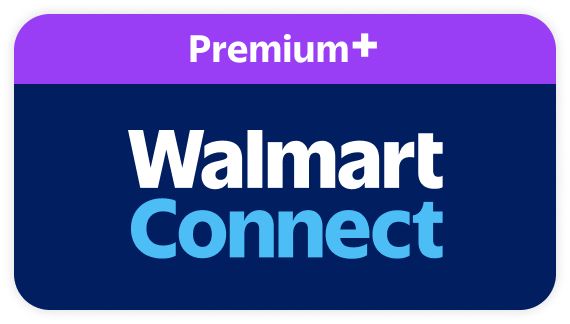



Stay up to date and accelerate your business with tips, tricks, and the latest commerce news.
Awards & Recognitions







